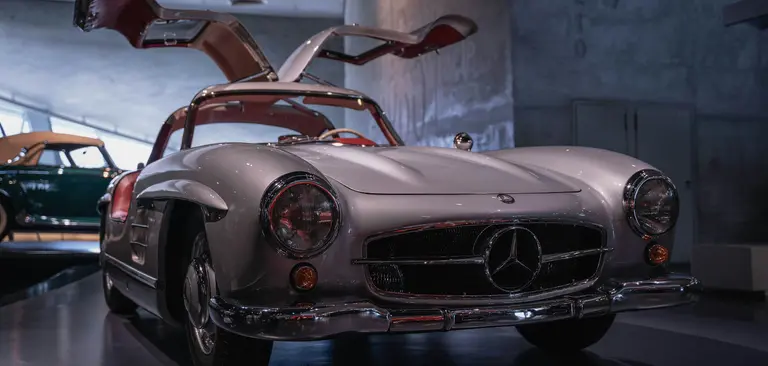Pulse of Information
Your source for the latest insights and updates.
Rolling Relics: The Timeless Allure of Classic Cars
Discover the enchanting world of classic cars! Join us as we explore the timeless allure and stories behind these rolling relics.
The Evolution of Classic Cars: A Journey Through Time
The evolution of classic cars is a fascinating journey that reflects not only advancements in automotive technology but also changes in design aesthetics and consumer preferences. From the early days of the automobile in the late 19th century, where the first models were simple and utilitarian, to the roaring 1920s that introduced the world to the jazz age of automotive innovation, classic cars have captured the imagination of enthusiasts and collectors alike. Key milestones during this period include the introduction of the assembly line by Henry Ford, which revolutionized car manufacturing, and the emergence of iconic brands like Chevrolet and Buick that set the stage for America’s love affair with the open road.
As we move through the decades, classic car design continued to evolve, influenced by cultural trends and technological innovations. The 1950s and 1960s ushered in an era of muscle cars and sporty designs, with models like the Ford Mustang and Chevrolet Corvette becoming symbols of freedom and rebellion. This was followed by the more compact and economical designs of the 1970s, as fuel efficiency became a priority due to the oil crisis. Today, classic cars are celebrated not only for their nostalgic value but also for their place in automotive history, with car shows, auctions, and restoration projects that keep the passion for these timeless machines alive for generations to come.

Top 10 Classic Cars That Defined Automotive History
The automotive world has seen countless innovations and designs, but a select few classic cars have truly defined automotive history. These vehicles are not only revered for their engineering prowess but also for their cultural impact, capturing the imagination of enthusiasts and casual drivers alike. Among these icons, the Ford Model T stands out as one of the first mass-produced cars, revolutionizing transportation in the early 20th century with its assembly line production technique.
Other notable mentions include the Chevrolet Corvette, a symbol of American performance that has evolved since its launch in 1953, and the Volkswagen Beetle, which became a global phenomenon with its unique design and reliability. Each of these vehicles not only represents a significant chapter in the history of automobiles but also continues to influence modern car design and manufacturing today.
Why Are Classic Cars More Than Just Vehicles?
Classic cars represent more than just modes of transportation; they are living pieces of history that embody the spirit of their respective eras. Each classic car tells a unique story, reflecting the design philosophies, technological advancements, and cultural influences of the time in which it was produced. Enthusiasts cherish these vehicles not only for their aesthetic appeal but also for the nostalgia they evoke, serving as a tangible connection to the past. Whether it's the raw power of a vintage muscle car or the elegance of a classic convertible, these vehicles embody a passion for craftsmanship that transcends mere functionality.
Furthermore, classic cars foster a sense of community among collectors and aficionados. Car shows, rallies, and restoration projects bring people together, creating bonds that are often built on shared interests and mutual appreciation for automotive art. The process of restoring a classic car can be both a labor of love and a journey of self-discovery, as enthusiasts learn about mechanics, design, and history along the way. Ultimately, classic cars are treasured not just for their beauty and rarity, but for the connections they create and the memories they preserve, solidifying their status as much more than mere vehicles.